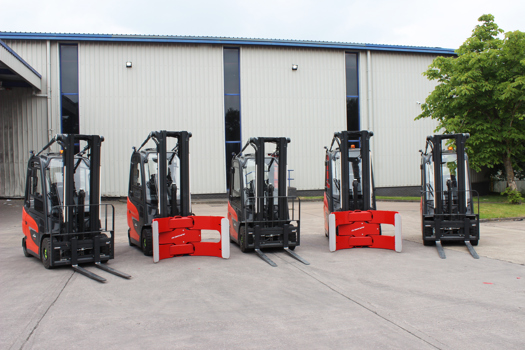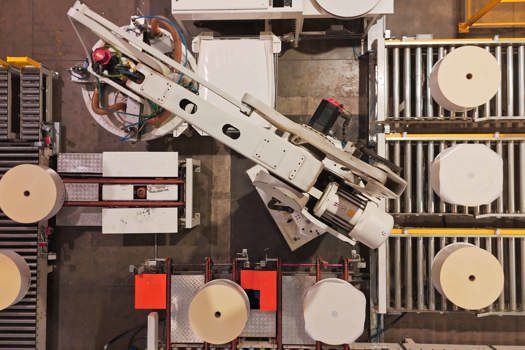In its annual market and industry review, the Confederation of European Paper Industries (CEPI) found that industry investment grew by 7.5% year-on-year in 2017 to €5.5bn (£4.9bn) while the industry’s overall turnover was up by 2.6% to €82.2bn.
Consumption of paper grew by 0.5% – a significant increase based on previous trends – and the production of paper and board was up by 1.5% year-on-year, which CEPI attributed to “a more favourable economic environment and from conditions promoting sustainable solutions”.
Exports also performed well, growing 5.2% year-on-year in the face of growing international tensions on trade, while imports fell by 0.4%.
A CEPI spokesman told PrintWeek: “There was a general feeling that 2017 was going to be a good year for the industry because of the general economic growth that there is in Europe at the moment.
“The investment is impressive because it was averaging about €3.5bn to €4bn over the last couple of years so the increase to €5.5bn is really the biggest success story.”
He added: “The exports figure of 5.2% is really quite high given the current climate. One way the European industry sets itself apart from the rest is in terms of the quality of its material, and there is a huge and growing demand for high-quality paper.”
The industry also performed well with paper recycling. Notwithstanding the introduction of the Chinese waste import restrictions in 2017, the paper and board recycling rate increased by 0.2% to 72.3%, with a 1.4% increase in the use of paper for recycling.
Germany led the way in its use of paper for recycling, at 35.5%, followed by France on 11.1%, Spain at 10.4%, Italy at 10.3% and the UK at 6.5%.
“Germany is one of the leaders on separate collection, which has naturally helped with their recycling figure,” said the spokesman.
The number of companies operating in the industry in 2017 fell by 0.3% year-on-year to 675, with the number of mills dropping by 1.3% to 891 and the number of paper machines falling by 1% to 1,250. Employment, however, was up by 0.1% to 176,760.
“This is the first increase in employment in a long time. I think it’s a lot to do with the investment in new capacity, which requires new staff,” said the spokesman.
CEPI represents approximately 495 pulp, paper and board producing companies across Europe, ranging from small and medium-sized enterprises to multinationals. It represents 92% of the European pulp and paper industry in terms of production.








